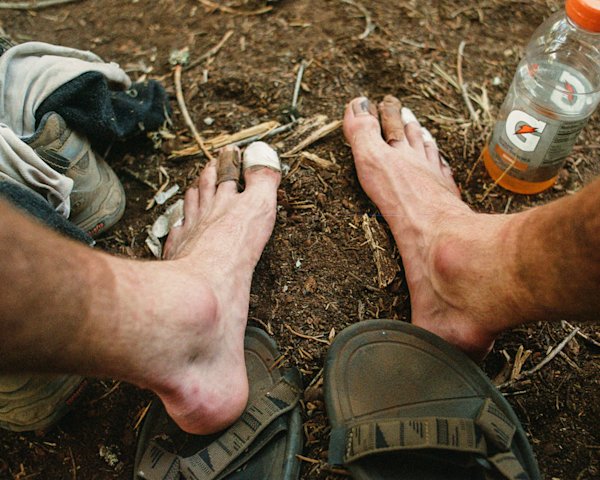Preparing yourself to live for weeks in the dirt without most modern comforts—for maybe the first time in your life—is certainly a daunting task. It’s one of the major draws and most relevant challenges of long-distance hiking. And it’s largely what led me to try my hand at a 455-mile northbound (NOBO) section hike along the Pacific Crest Trail this past summer.
For my first attempt at thru-hiking, I set out to cross the entire state of Oregon by myself. Fifteen days and 260 miles later, wildfires forced an end to my trip. But the lessons learned and experiences experienced during those two weeks alone on the trail will live with me for the rest of my life.























